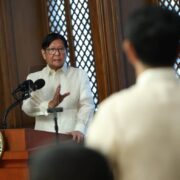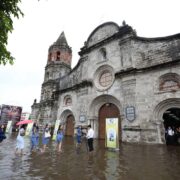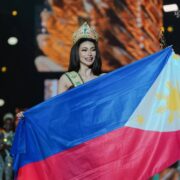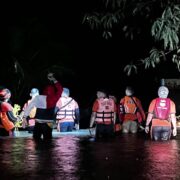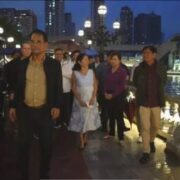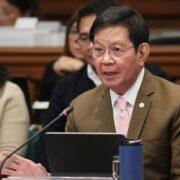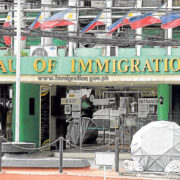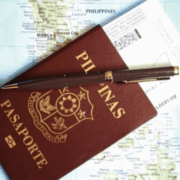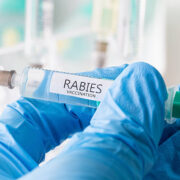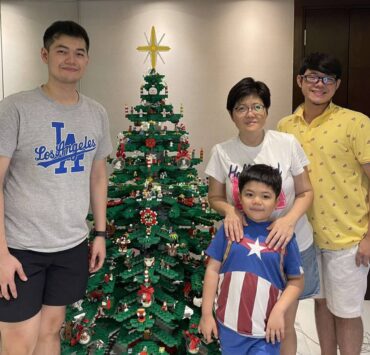Pagana Maranao and other Lanao delights

A cool breeze from Lake Lanao and the sight of lakeshore villages dotted with mosques are the welcoming sensorial pleasures for visitors at the newly built sprawling lakeside park and civic center in Marawi.
As the city’s ground zero is slowly being repopulated and redeveloped, economic and cultural activities are on the rise in the city besieged by the armed conflict between government forces and terrorists in 2017.
The Bangsamoro Commission for the Preservation of Cultural Heritage (BCPCH) is bullish about identifying historic sites in the city for national recognition and marker installation by the National Historical Commission of the Philippines. So far, it has four installed this year, all related to late 19th-century hero Amai Pakpak.
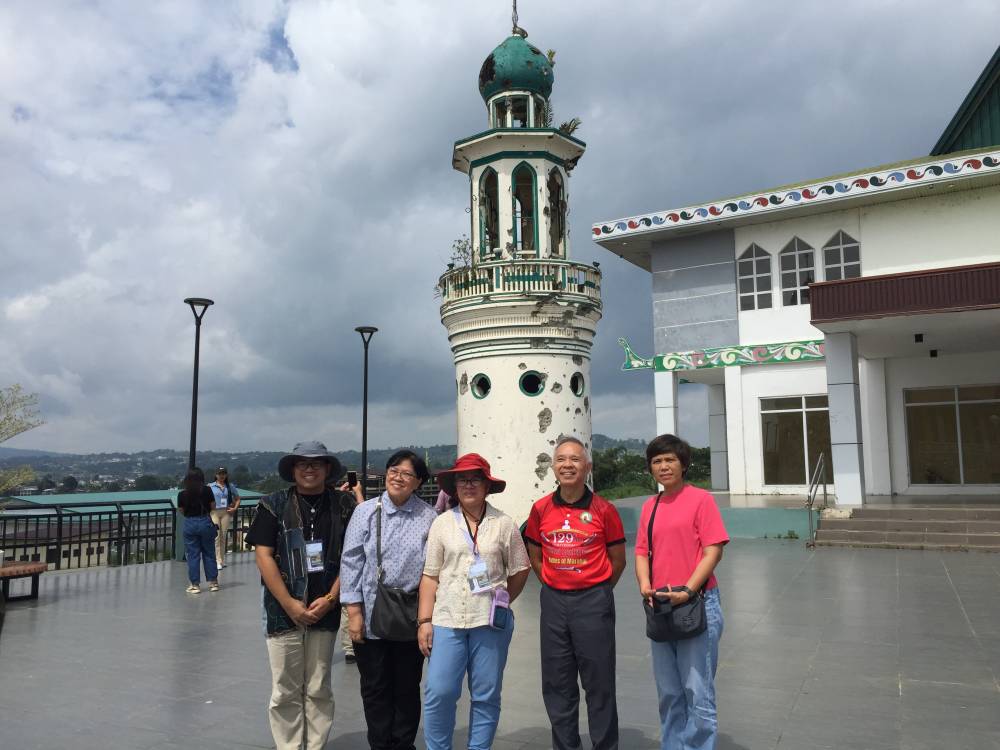
The BCPCH also recently signed a memorandum of agreement with the Mindanao State University-Iligan Institute of Technology to document Bangsamoro history, which it said is “a major stride toward the preservation and documentation of Bangsamoro people’s rich history and cultural heritage.”
In a statement, BCPCH chair Salem Lingasa said the agreement is “crucial in addressing historical injustices and ensuring an inclusive and accurate recounting of Bangsamoro’s past.” That the region’s history will be utilized in local development objectives and programs, and Marawi is, of course, included.
Repaired mosques
Seven years after the siege of the city and the subsequent retaking by government forces, Marawi is recovering, with a number of infrastructure projects already completed at ground zero.
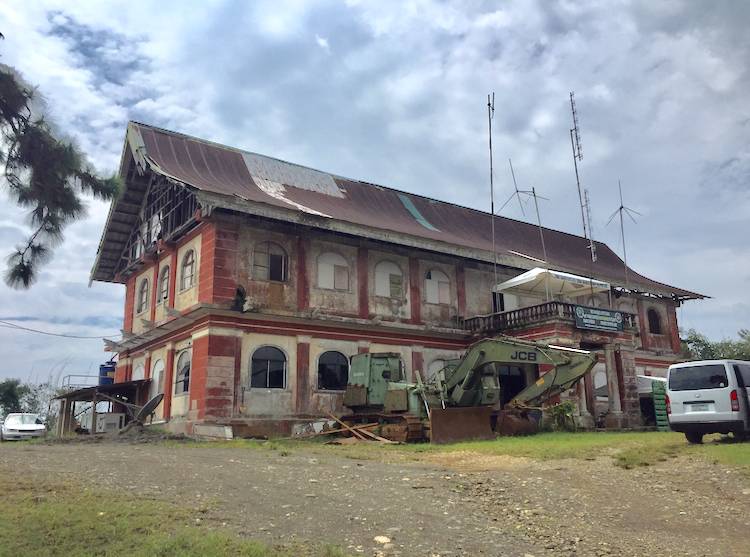
Apart from roads and the repair of what used to be a strategic area during the siege, the Banggolo Bridge, the civic center was built with a portion of a damaged minaret serving as a reminder of the five monthlong war.
The reconstruction and repair of various masjid in the most affected area have also been completed. These include the Dansalan Bato Mosque, completed in 2020, and the Marawi Grand Mosque, Masjid Darussalam, White Mosque, and Masjid Disomangcop.
A number of sites are still in ruins, including at least a mosque, the ruins of the wooden three-story landmark that was Sambitory Building, and the Sen. Domocao Alonto (1914-2002) residence.
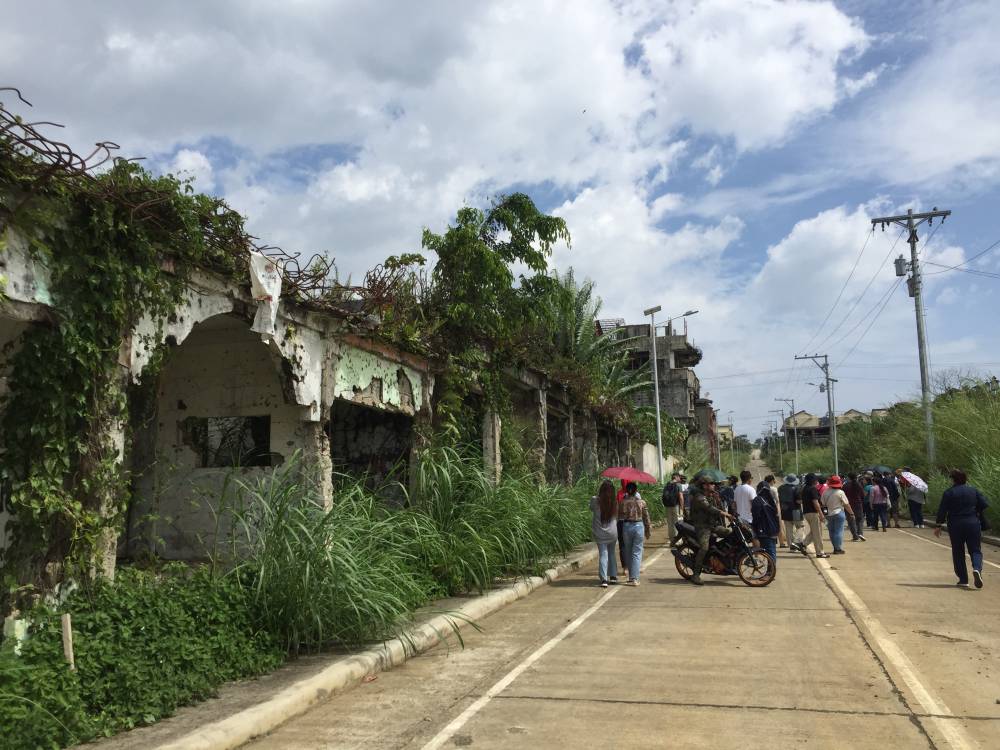
Although a bit far from ground zero and not damaged by the conflict, the old Marawi City Hall located atop a hill has been converted into an army detachment. It is now the headquarters of the 500 Combat Engineer Battalion.
This two-story building was designed by Antonio Toledo and built in the 1950s. In his design, Toledo incorporated indigenous motifs such as the shape of the roof and the panolong done in concrete and placed between the two floor levels.
Grand feast
Elsewhere in the city, economic activity is again on the rise with new establishments such cafes opening. These include a Manila-based coffee shop across the current city hall compound, and the local Binlolawan Kape at Barangay Amito. The latter serves all sorts of coffee and refreshments, the traditional chicken satay and chicken rendang, pasta, and other halal nourishments.
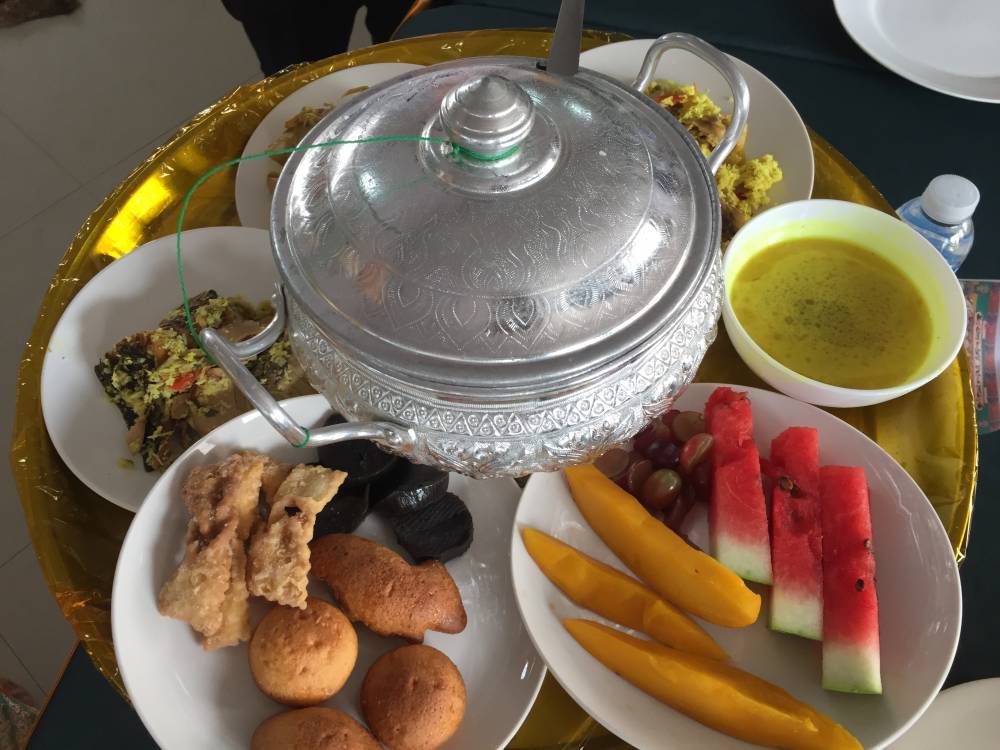
At the upper portion of the city, on Heaven Road, the Maranao-themed resort called Sapadan has been built. This resort was the venue of the recent Pagana Maranao (grand feast) hosted by Robert Alonto, BCPCH Lanao del Sur commissioner, for delegates of the Philipine National Historical Society (PNHS) 45th conference held at MSU-IIT, the local convener.
The conference was supported by the National Commission for Culture and the Arts, National Historical Commission of the Philippines, the Philippine Social Science Council, and BCPCH.
Guests at the pagana included PNHS president Bernardita Reyes-Churchill, NHCP chair Regalado Trota Jose, NHCP commissioners Maria Eloisa de Castro and Cecilia Tiangan, Eberhard Crailsheim of the Spanish National Research Council in Madrid, and Juan Mesquida of the University of Asia and the Pacific.
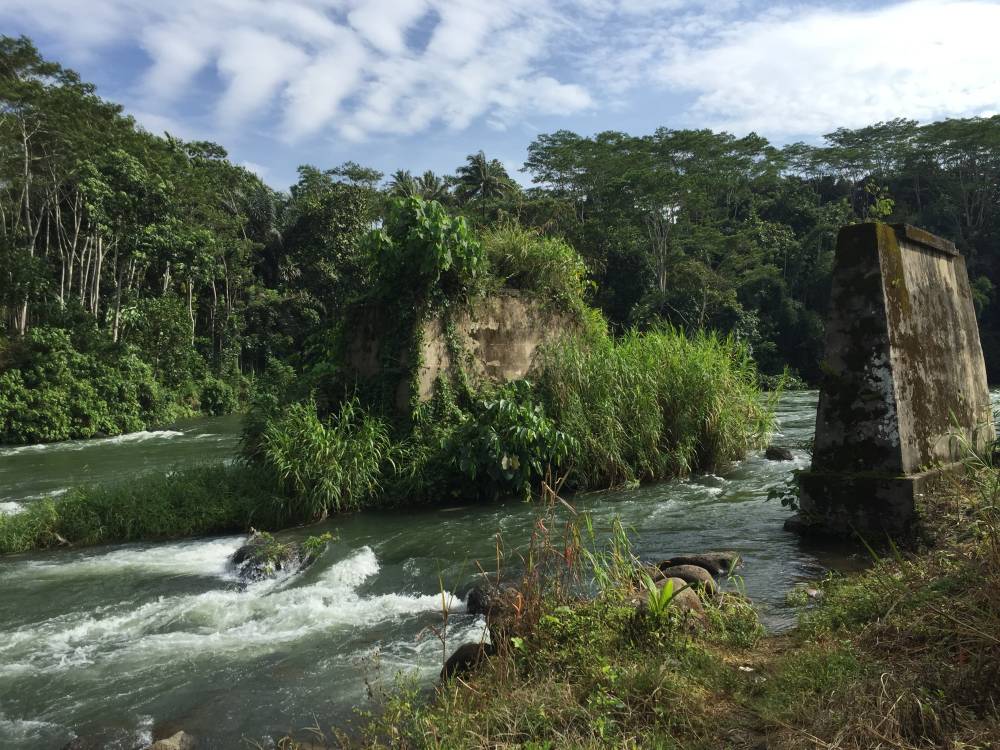
They were treated to Maranao traditional food such as kuning or yellow rice; the spicy dish piaparan of chicken and tuna; badak or jackfruit cooked in coconut milk; and sweets such as dodol made from sticky rice, coconut milk, and sugar; and bread called browa.
A highlight was the bayok performance by Potre Monauray. The bayok is a poetic joust done during Maranao festivities.
Rich heritage
Aside from touring Marawi and the newly built Dayawan Torogan, conference guests were also brought to the ruins of the Spanish-era King Alfonso Bridge in Saguiaran town, Maria Cristina Falls, Saint Michael Cathedral, and a famed peanut store in Iligan City.
Along the way, many beautiful mosques dotting the villages and towns of both Lanao del Norte and Lanao del Sur provinces can be seen.
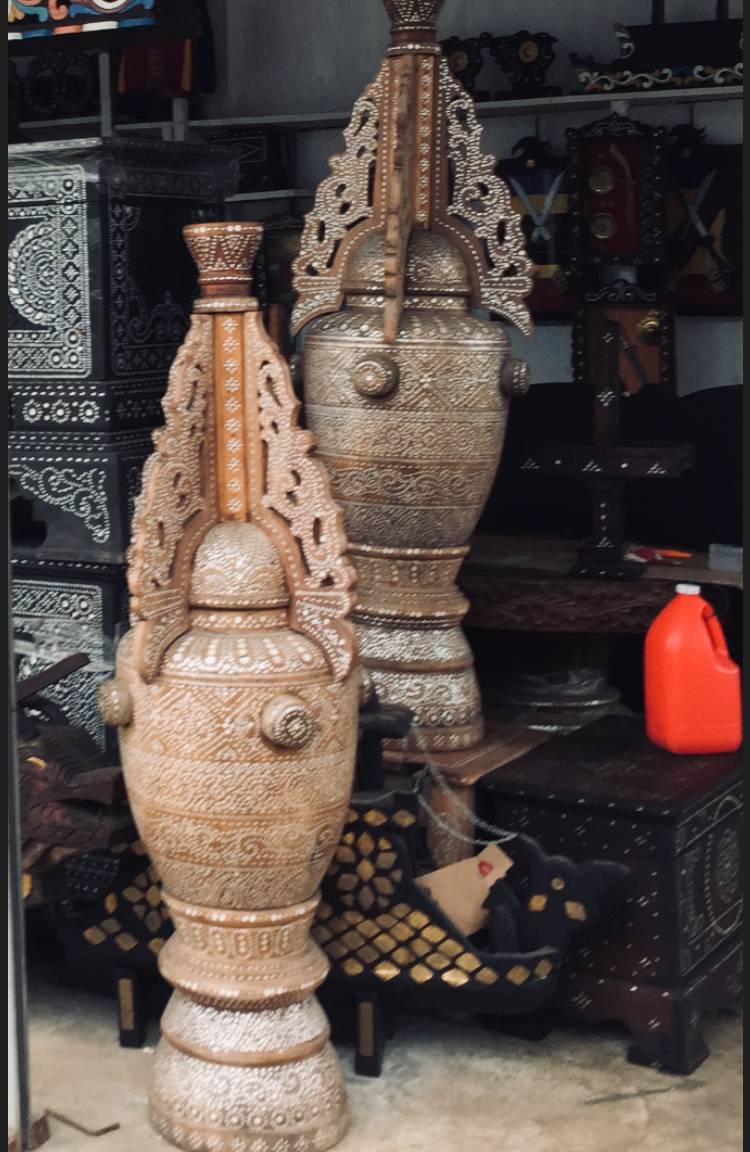
In Tugaya, Lanao del Sur, there are shops offering superb traditional crafts such as baor, gador, knives such as gunong and kris, and the traditional wraparound skirt langkit.
All of these are tangible evidence of the rich precolonial and Islamic heritage of the Lanao region and the Bangsamoro region as a whole, the histories of which were highlighted at the conference.
The PNHS, along with the BCPCH, is committed to help in the study and promotion of Bangsamoro history, culture, and heritage.


